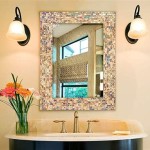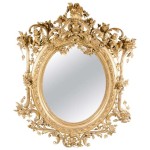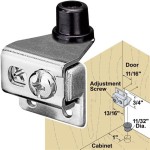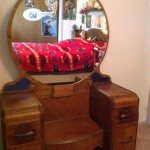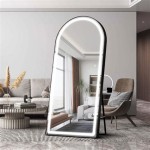How Can I Mirror My Phone To a Non-Smart TV?
Mirroring a phone's screen to a non-smart TV opens up a world of possibilities, from sharing photos and videos with family and friends to enjoying mobile games on a larger display. While smart TVs offer built-in casting capabilities, non-smart TVs require a few extra steps and the assistance of external devices. This article explores various reliable methods for mirroring your phone's screen to a non-smart TV.
Using HDMI Adapters
One of the most common and reliable methods for mirroring a phone to a non-smart TV involves using an HDMI adapter. These adapters connect directly to the phone's charging port (e.g., USB-C, Lightning) and output video and audio through an HDMI cable, which then connects to the TV. This method generally provides high-quality video and low latency, making it suitable for gaming and streaming high-definition content.
Users need to select the correct adapter type based on their phone's operating system (Android or iOS) and charging port. Some Android devices support MHL (Mobile High-Definition Link) while others utilize SlimPort. iPhones and iPads typically require a Lightning Digital AV Adapter. Once the adapter is connected, the TV should be switched to the corresponding HDMI input. The phone's screen will then be mirrored to the television.
While generally reliable, HDMI adapter solutions might require additional power sources depending on the device and adapter type. Additionally, cable length can sometimes be a limiting factor.
Wireless Casting Devices
For a wireless experience, various casting devices can bridge the gap between a phone and a non-smart TV. These devices, such as Chromecast, Roku Streaming Stick, or Amazon Fire TV Stick, plug into the TV's HDMI port and create a wireless network that the phone can connect to. This eliminates the need for cables and allows greater flexibility in terms of placement and movement.
Casting devices typically require a Wi-Fi network for initial setup and communication. Once configured, users can mirror their phone's screen or cast specific content, such as videos from streaming apps, directly to the TV. While most devices offer app-specific casting, mirroring the entire phone screen might be limited by device compatibility and operating system versions.
It’s important to consider the features offered by each casting device. Some offer higher resolution and frame rates, while others specialize in gaming or specific streaming services. Selecting the right device depends on individual needs and preferences.
Utilizing a Laptop as an Intermediary
In situations where neither HDMI adapters nor dedicated casting devices are readily available, a laptop can serve as an intermediary between the phone and the non-smart TV. This method requires an HDMI cable to connect the laptop to the TV. The phone then connects wirelessly to the laptop through screen mirroring or screen sharing functionality, depending on the operating systems involved.
For Windows laptops, the "Connect" app can be used to establish a wireless connection with compatible Android devices for screen mirroring. MacOS offers similar functionality through AirPlay, primarily for mirroring content from iPhones and iPads. Some third-party applications can extend screen mirroring capabilities across different platforms.
While this approach can be useful in a pinch, it can be more cumbersome than dedicated solutions. Video and audio quality can be impacted by the processing power of the laptop and the stability of the wireless connection. Latency can also be a concern, particularly for activities that require real-time responsiveness.
Exploring DLNA Functionality
DLNA (Digital Living Network Alliance) compatible devices can share media content across a network. If a phone and a DLNA-certified media player (or game console) are connected to the same network, the phone can often stream photos, videos, and music to the media player, which is then connected to the non-smart TV. This does not mirror the entire phone screen but allows for convenient sharing of media files.
DLNA relies on specific apps and software to facilitate the sharing process. Many Android devices have built-in support for DLNA, while iOS devices may require third-party apps. This method is primarily suitable for sharing media files and is not ideal for mirroring the entire phone display for applications or games.
It's important to ensure all devices are connected to the same network and that the appropriate DLNA software or apps are installed and configured correctly. Compatibility can sometimes be an issue with older devices or specific file formats.

How To Connect Phone Non Smart Tv Without Hdmi

How To Screen Mirror Iphone A Non Smart Tv
How To Cast My Mobile Wirelessly A Non Smart Tv Quora

How To Mirror Phone On Non Smart Tv Chromecast Screen Mirroring Hindi

How To Connect Iphone Screen Non Smart Tv Mirror

How To Connect Your Non Smart Tv Phone With Usb Data Cable

How To Connect Your Android Device A Tv Wired Wireless Connections Mobile Fun Blog

4 Simple Ways To Mirror Phone Screen Without Wifi

How To Connect Your Non Smart Tv Phone With Usb Data Cable

Mirror Phone To Tv How Connect Android Or Ios Mobile Wirelessly Cast S And Photos

